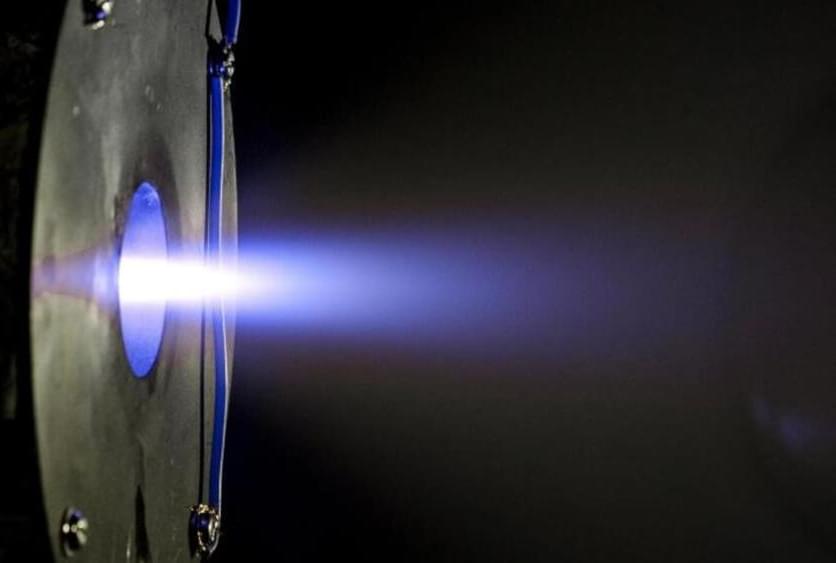I expect that space-based atom interferometry will lead to exciting new discoveries and fantastic quantum technologies impacting everyday life, and will transport us into a quantum future.
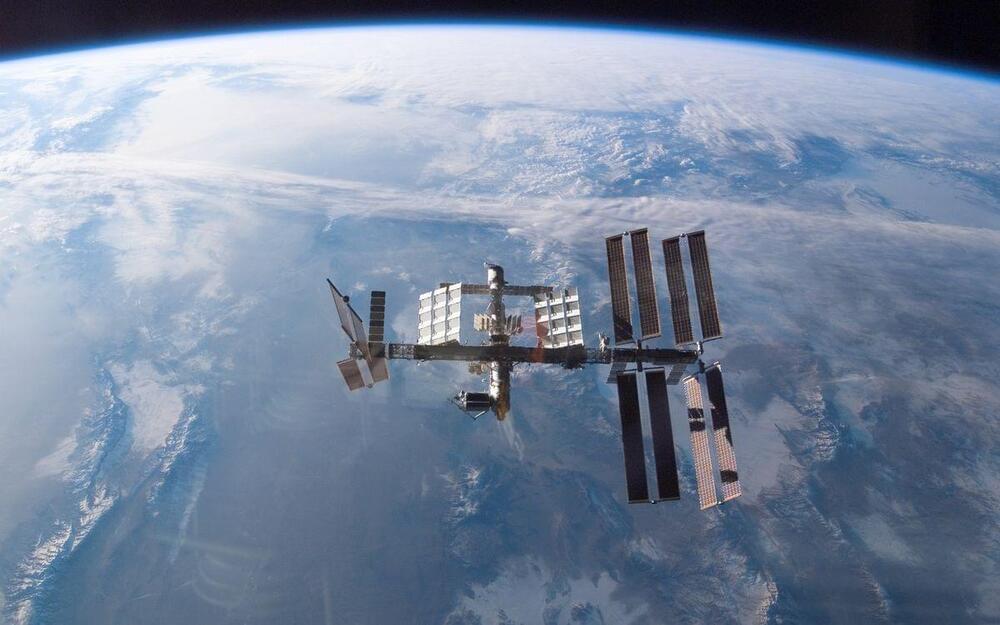


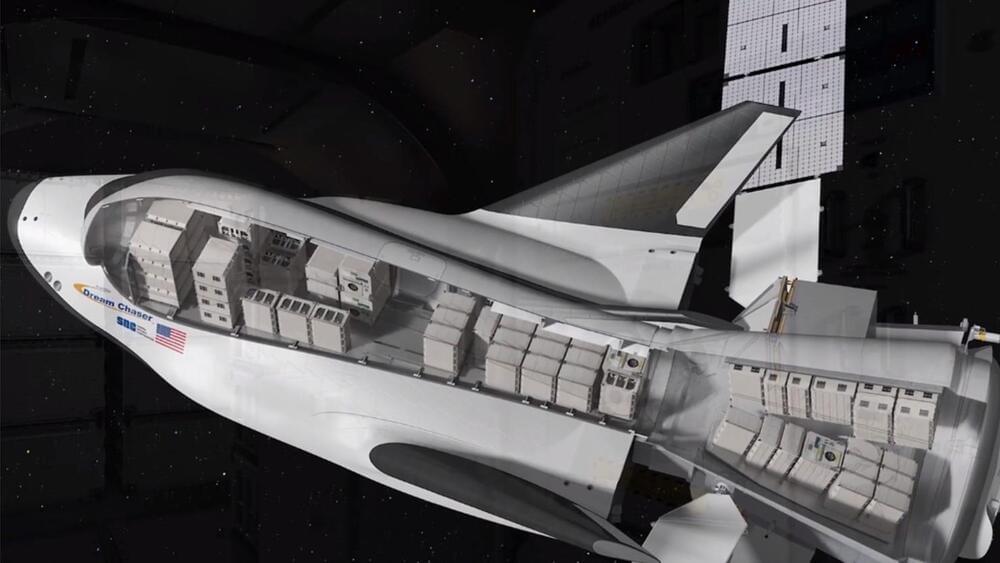
“Once it leaves our facility, it hits the launch pad and launches into space,” he said.
Final testing and launch preparations for Dream Chaser’s maiden flight remain ongoing at KSC. The 30-foot-long cargo space plane — named Tenacity — arrived at the Cape in mid-May from NASA’s Neil Armstrong Test Facility in Sandusky, Ohio.
Join Jeff Bezos for a tour inside Blue Origin’s New Glenn Production Facility at Cape Canaveral, Florida. This video was shot on May 30th, 2024.
00:00 — Intro.
00:40 — Interview Starts [Lobby]
05:20 — Recovering Saturn V Engines.
08:35 — Tank Production.
16:40 — Second Stage.
23:50 — Aft Section.
33:15 — Forward Section.
42:08 — Machine Shop.
51:35 — Payload Adapter and Fairings.
1:00:00 — Engines.
1:11:20 — Outro.
Want to support what I do? Consider becoming a Patreon supporter for access to exclusive livestreams, our discord channel! — / everydayastronaut.
Or become a YouTube member for some bonus perks as well! — / @everydayastronaut.
The best place for all your space merch needs!
https://everydayastronaut.com/shop/
All music is original! Check out my album \.
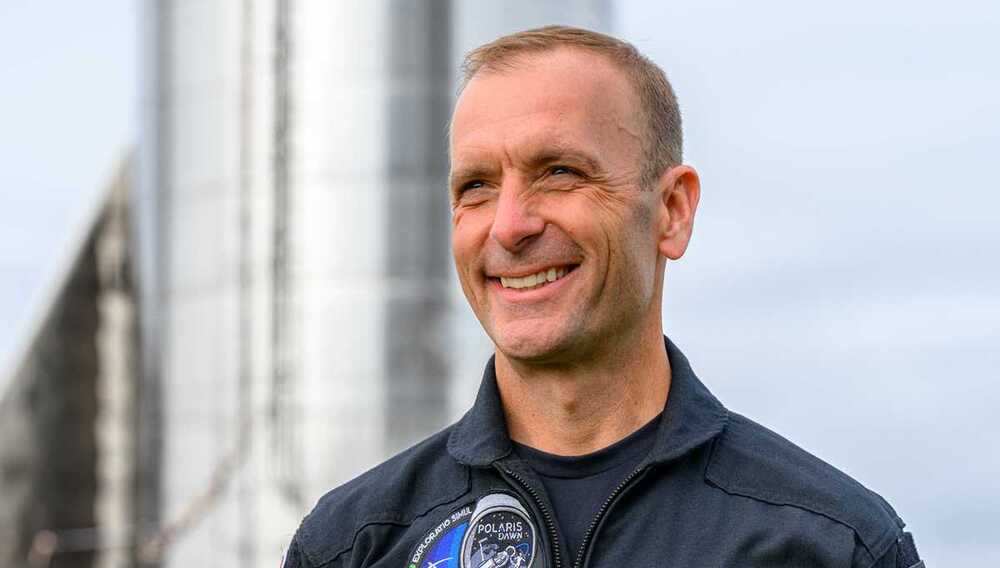
A Durham native and three other crew members are preparing to embark on a flight of a lifetime to push the boundaries of commercial space exploration.
On Aug. 26, Mission pilot Scott Poteet will help lead SpaceX’s Falcon Rocket with the goal of soaring more than 1,400 kilometers at approximately 17,500 mph beyond Earth’s atmosphere. The launch will take place at the Kennedy Space Center in Merritt Island, Florida.
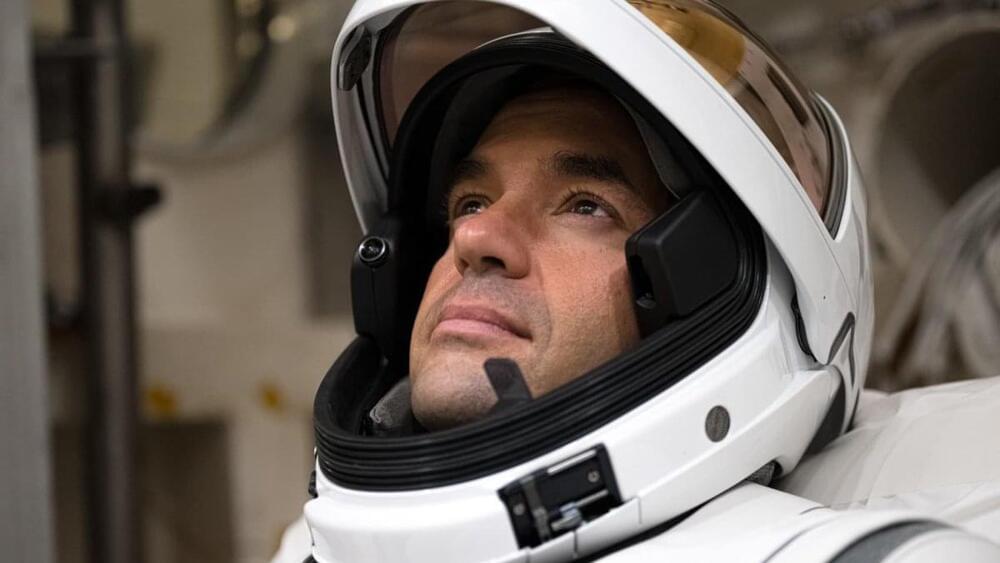
The Polaris Dawn mission — the first of three flights billionaire and Shift4 founder Jared Isaacman purchased from SpaceX in 2022 for his human spaceflight effort known as the Polaris Program — is set to launch from Florida in the early hours of Aug. 26.
“We don’t get the freedom of any time of day to launch but I think it’ll work out to [be] pretty close to dawn, which is very appropriate given the mission,” Isaacman told CNBC’s Investing in Space during an interview last month.

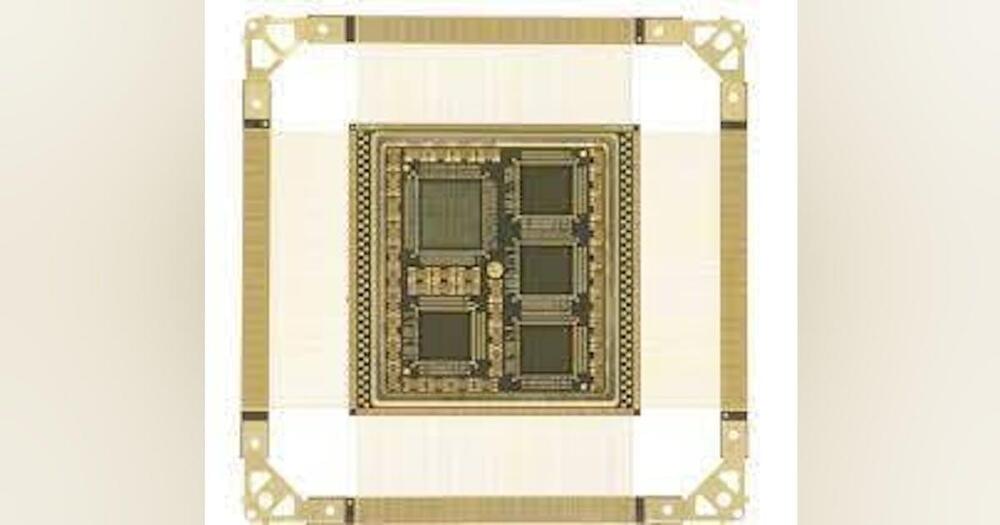
The services are necessary to maintain a domestic trusted source for strategic radiation-hardened microelectronics to meet the U.S. Department of Defense (DOD) certification to Congress, as stipulated by the fiscal 2018 National Defense Authorization Act Section 1,670, DOD officials say.
Radiation-hardened microelectronics components are necessary for manned and unmanned spacecraft operating on long-duration orbital missions in high-radiation space environments like geosynchronous orbits.

A blockchain entrepreneur, a cinematographer, a polar adventurer and a robotics researcher plan to fly around Earth’s poles aboard a SpaceX Crew Dragon capsule by end of year, becoming the first humans to observe the ice caps and extreme polar environments from orbit, SpaceX announced Monday.
The historic flight, launched from the Kennedy Space Center in Florida, will be commanded by Chun Wang, a wealthy bitcoin pioneer who founded f2pool and stakefish, “which are among the largest Bitcoin mining pools and Ethereum staking providers,” the crew’s website says.
“Wang aims to use the mission to highlight the crew’s explorational spirit, bring a sense of wonder and curiosity to the larger public and highlight how technology can help push the boundaries of exploration of Earth and through the mission’s research,” SpaceX said on its web site.
